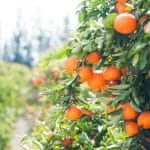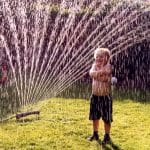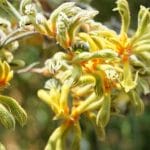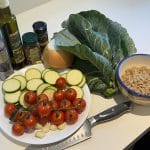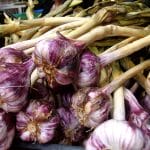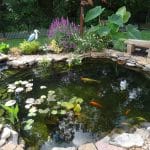When to Hand Water vs. Relying Only on Drip Irrigation
How To's In The Garden
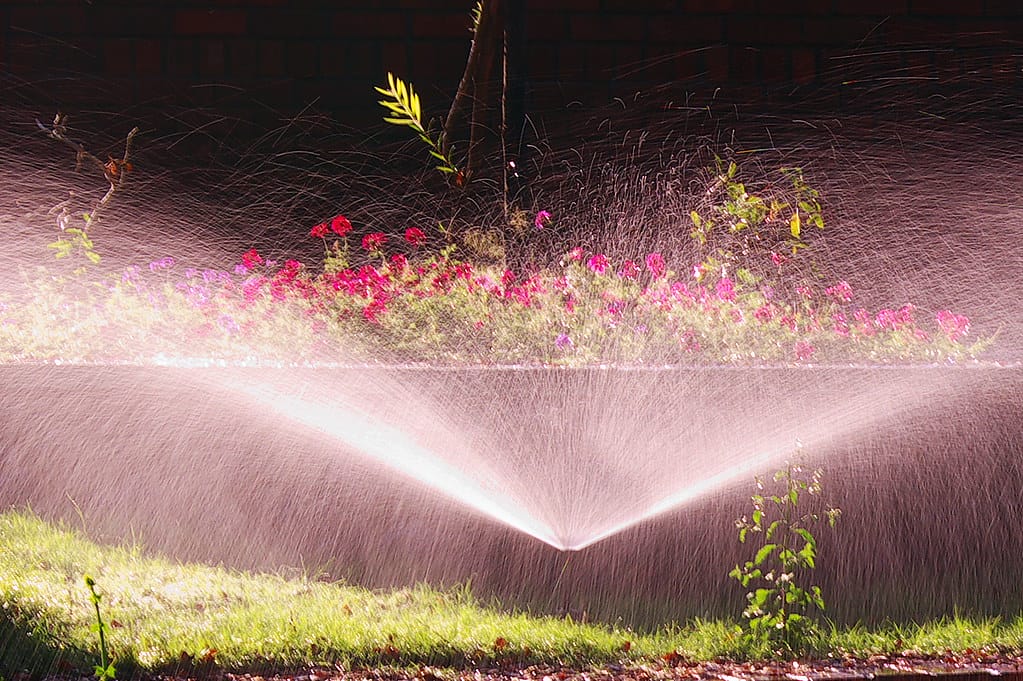
I’ll just say it: drip irrigation has saved me a lot of time and frustration over the years. It’s like having a quiet, dependable helper who shows up every morning and gets the job done. But as much as I love it, there are still days when I pick up the hose, wander around the garden, and hand water like I did back before I even knew what a drip emitter was.
Truth is, there’s a time for both. And knowing when to use each is the difference between plants that just survive and plants that really thrive—especially when the heat’s pushing 100 and the tomatoes look like they need a pep talk.
Here’s how I think about it, based on a lot of trial, error, and watching what the plants are trying to tell me.
Drip Irrigation: Your Daily Workhorse
If you’re growing in raised beds or rows, drip is a game-changer. It puts the water right at the base of the plant, where it matters. No overhead waste, no splashing soil onto leaves, and no soggy paths.
For me, it’s the backbone of the garden during the growing season. I set mine to run early in the morning—usually for 30 to 60 minutes depending on the zone. Deep, slow watering builds deeper roots, and deeper roots mean more drought tolerance. That’s especially important when you’re growing with organic methods, where the soil life is doing half the heavy lifting.
But here’s the thing: drip systems are only as smart as the gardener managing them.
They don’t know if one plant is struggling more than the others. They can’t tell if a squirrel chewed through a line, or if the mulch shifted and water is now trickling down the walkway instead of into the soil. I’ve had more than a few surprises when I assumed things were running smoothly underground.
That’s where observation—and hand watering—comes back into play.
Hand Watering: The Personal Touch
Hand watering isn’t just about getting water to the roots. It’s about noticing things.
When I’m out there with the hose, I catch the little stuff: a yellowing leaf, a stressed branch, a plant that needs staking. I see which spots are drying out faster and which ones are staying too wet.
It’s not the fastest method, but sometimes it’s the most honest. Especially during extreme heat when drip lines might not be keeping up, or during transition times—like when you’ve just planted something and it hasn’t rooted deeply yet.
Young avocado trees? I always hand water those for the first season. They’re too fussy, and too important to leave to guesswork. One hot day without proper watering and the leaves will curl like they’re giving up. Drip just can’t respond in real time the way your hand and eyes can.
Timing Is Everything (and So Is a Smart Timer)
Now, if you’re like me and you don’t always want to stand around guessing when to turn your system off or on—get a timer. Better yet, get one with a smart weather app built in.
These days, you can hook your irrigation to a phone app that syncs with the local forecast. Mine knows when it’s rained overnight and skips a watering day. And when temps hit the triple digits? It can kick on a little extra cycle to keep things from wilting in place.
That automation means less second-guessing and fewer soggy plant roots. But I still check in regularly—because no app can tell you how the soil feels two inches down, or if the wind dried out that one corner bed faster than expected.
A good timer makes you consistent. A smart timer makes you responsive.
In the Heat? You Might Need Both
When it gets hot—like, burn-your-elbows-on-the-raised-bed hot—even the best drip system might need backup.
During those heatwaves, I’ll usually:
- Let the drip system run early in the morning as usual
- Come back in the evening with the hose and give a few specific plants extra water at the root zone
- Check potted plants daily, sometimes twice if the sun’s brutal
- Mist the underside of leaves for heat-sensitive greens (not tomatoes—they hate that)
Some plants are more thirsty than others. Basil wilts if you even talk about skipping a watering. Squash can hang in there, but once they start drooping, you’re already behind. And again—young trees, herbs in pots, and anything newly transplanted almost always need that hands-on touch.
Drip Doesn’t Catch Everything
Don’t get me wrong—I’m not anti-drip. I use it every day. But here are a few things it can’t do:
- Spot uneven watering
- React to sudden weather shifts
- Reach awkward corners or pots you forgot to run lines to
- Water seedlings that aren’t directly under an emitter
- Sense when one bed drains faster than another
Hand watering fills those gaps. And honestly, it brings you back into your garden in a way nothing else quite does.
I’ve solved more gardening problems walking around with a hose in one hand and a cup of coffee in the other than I ever did adjusting drip lines and flow rates.
A Few Quick Tips
- Mulch around drip lines. It holds moisture longer and protects your investment.
- Check for clogs monthly. Emitters get blocked—especially in hard water areas.
- Use different zones for different plants. Tomatoes don’t want the same watering as lettuce.
- Train your plants. Don’t overwater just because it’s hot. Deep, infrequent watering builds stronger roots.
- Still get your hands dirty. At least once a week, feel the soil. Your plants will thank you.
FAQ: Drip vs. Hand Watering
Q: Can I rely on drip irrigation alone?
Mostly, yes—for established plants. But you should still check regularly and hand water when needed.
Q: What’s the best time of day to water?
Early morning is best. It gives plants a full day to absorb moisture before the heat ramps up.
Q: How do I know if drip isn’t enough?
If your plants are wilting midday and the soil is dry 2″ down—even after a drip cycle—you might need to supplement by hand.
Q: Are smart timers worth it?
Definitely. Especially those with weather-based programming. They’ll adjust for rain or heat so you don’t have to babysit the system.
Q: Do I need both drip and hand watering?
Yes. Drip is efficient. Hand watering is personal. Using both gives you control and flexibility.
Some folks chase perfection with their garden setup—everything automated, on a schedule, no need to get their hands dirty. Me? I like a system that works with me, not instead of me. Drip irrigation is the backbone. Hand watering is the heart.
And when you balance the two just right, you don’t just grow plants. You grow a relationship with the space you’re tending. Which, if we’re being honest, is half the reason we’re out there to begin with.
Share this post
All categories
More From The Garden
Disclosure: This post may contain affiliate links. That means if you click and buy, The Bright Garden may earn a small commission, at no extra cost to you. We only recommend products we’ve vetted and believe will benefit our readers.



